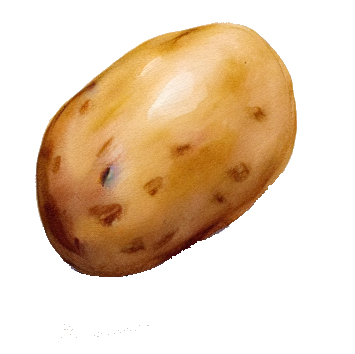Somewhat bewildered by the millions of Aeropress recipes on youtube, I’m wondering if daily users end up settling into a reliable, simple process that’s similar from person to person.
In particular, I note that my method (basically a french press) is vastly different from the one in the instructions which is ground much finer, uses less water, and starts dripping through the filter immediately.
Anyway, here’s me:
- 12g mild-roast (coarse ground a touch finer than most people would use for a french press, done with a C2)
- inverted
- one filter paper, not washed, but damp enough to stick
- fresh boiled water (so probs 95°+) 180g
- stir enough to break up the floaties
- push the plunger in far enough that the liquid is almost at the top before I put the filter on
- tip over and start plunging at 1:30, finish by 2:00
- into ~70g warmed milk
I’d love to hear yours.


When looking at the various recipes out there, I often wonder how much of this is just AeroPress superstition, and how much of it actually matters. For example, wetting the filter, pre-heating the gear and all the different stirring styles. Seems like those things could produce a different result, but I’m not experienced enough to taste the difference. Therefore, I just do what makes sense from the perspective of chemistry.
As a side note, concentration difference matters too. Using previously made coffee to extract more soluble materials into it, is obviously going to be a lot slower than using clean water. This is why a pour over makes a lot of sense, as far as extraction yield is concerned. Incidentally, you can adapt the AP for that as well, but then you would need to balance between grind size clogging up the filter. Generally not worth it IMO, but it is an interesting experiment. It could be worth it if all you have is an AP, but you need to make coffee for a larger audience.
Your last point about concentration could also explain @Uninformed_Tyler’s thoughts about the AeroPress being somewhat forgiving. Most of the extraction takes place when the water is clean, then the rate of extraction drops off quickly and then idles along for a bit - so the cut off time is not so critical.
Also the temperature plays a big role. There’s no risk of having 200 °C steam passing through the grinds. Quite the opposite really. You’ll start with roughly 99 °C, but that drops quite quickly into a more forgiving territory.
Theoretically, pressure is another important variable, but since most methods just use atmospheric pressure, so there’s nothing you can do about it.
If you end up with bad coffee, it usually means your measurements are way off. Some people also end up doing the extraction on the kitchen floor instead of inside the cylinder, which isn’t ideal for the temperature.